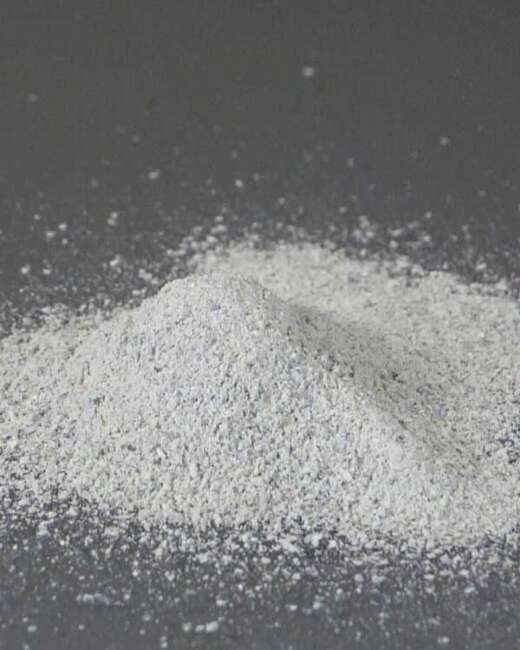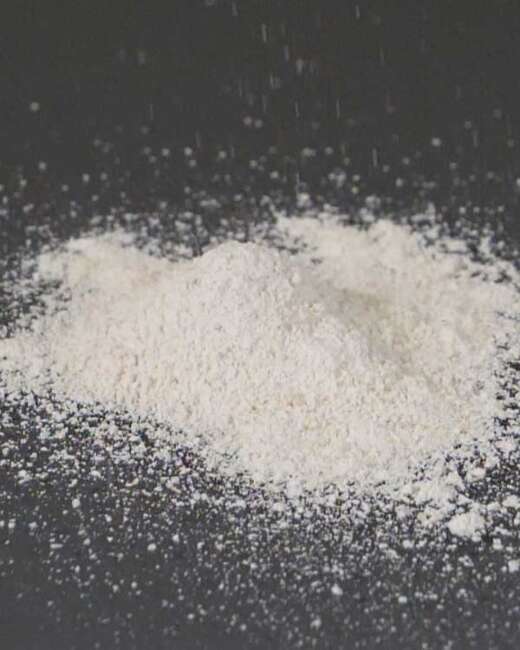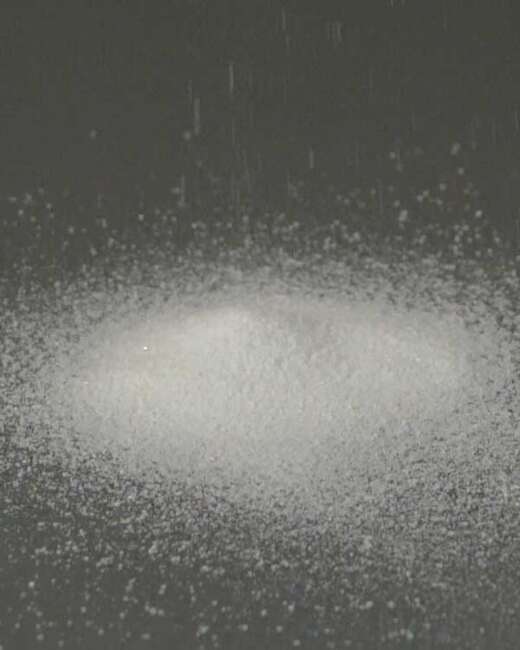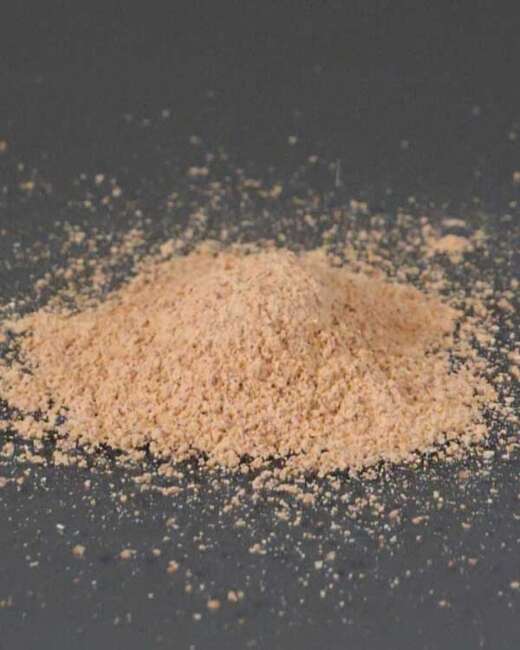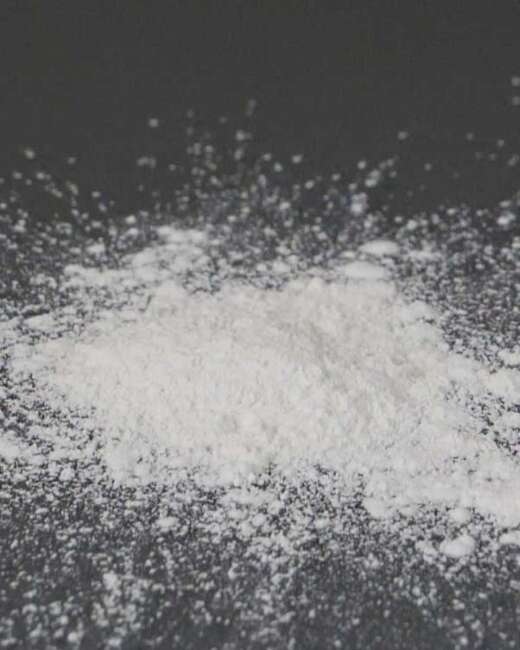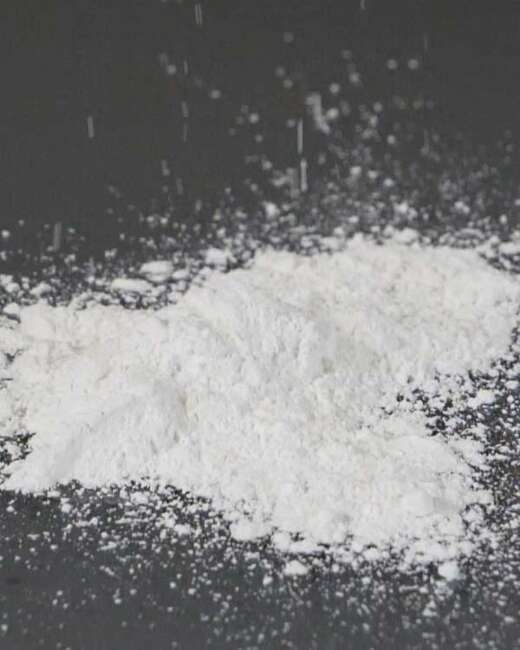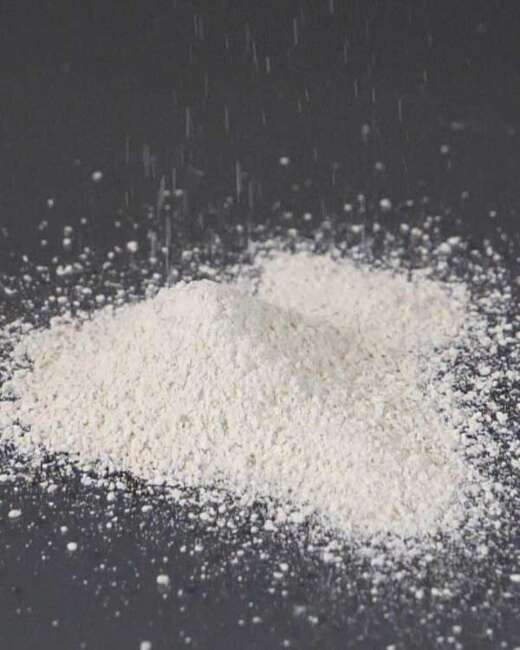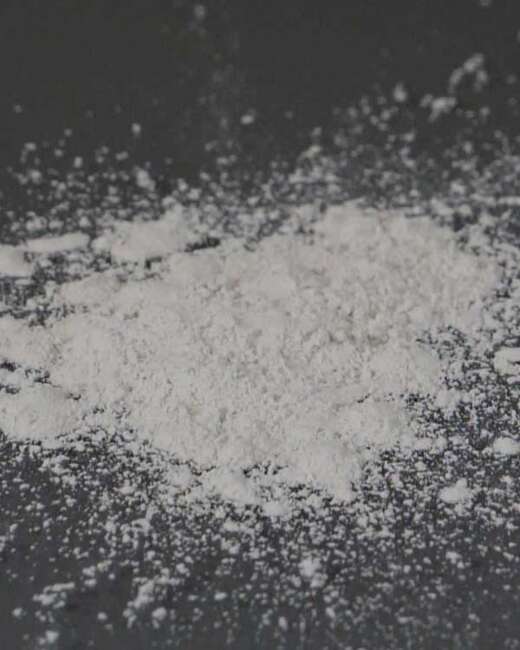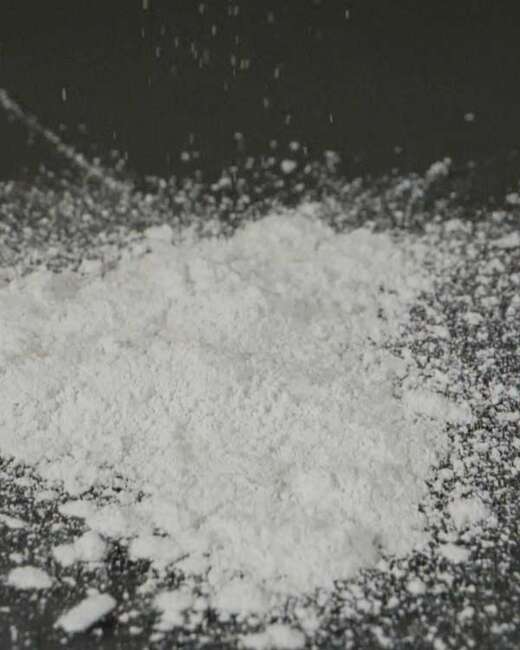Yes, you can mix different extender pigments together to achieve unique effects. However, it is advisable to conduct some tests and experiments to understand the behavior of different pigments when combined. This will help you determine the optimal ratios and combinations for your specific artistic goals.
What Are Extender Pigments and How to Use Them in Oil Paint

Welcome to this comprehensive guide on extender pigments or fillers and their usage in oil paint. Oil painting has been a prominent medium for centuries, known for its rich and vibrant colors. As an artist, you may encounter situations where you need to modify the consistency, drying time, or opacity of your oil paint. This is where extender pigments come into play. In this article, we will delve into the realm of extender pigments, exploring their purpose, benefits, and techniques for using them effectively in oil painting. Let's get started!
Extender Pigments in Oil Paint
Extender pigments or fillers are used to alter the properties of paint. They are specifically designed to enhance the characteristics of the paint, allowing artists to manipulate its texture, drying time, transparency, and opacity. These pigments are finely ground substances that can be added to oil paint without significantly affecting the color or altering the overall composition of the paint.
What are Extender Pigments?
Extender pigments are solid particles with a wide range of particle sizes that are usually white. The solid component of these pigments makes them adequate fillers to increase the volume of paint. This makes the paint more structurally sound and resistant to external factors. White extender pigments are added to paints to lower their cost or improve their properties. The main type of extender pigments includes calcium carbonate (chalk), calcium sulfate (gypsum), diatomaceous silica (the remains of marine organisms), kaolinite (clay), mica, and talc. They are used to control the gloss, texture, rheology (flow behavior), and viscosity of paint. Extender pigments are available in particle sizes ranging from 0.01 to 44 microns and in a variety of shapes, including amorphous (spheroid), nodular (crystalline), acicular (needle-like), and lamellar (plate-like).
Benefits of Using Extender Pigments
Using extender pigments in oil paint can offer a range of benefits to artists. Some of these advantages include:
Texture Modification: Extender pigments allow artists to modify the texture of oil paint, creating smoother or rougher surfaces as desired. By adding these pigments, you can achieve various textural effects, adding depth and interest to your artwork.
Drying Time Adjustment: One of the most valuable aspects of extender pigments is their ability to extend or shorten the drying time of oil paint. This feature is particularly helpful when working on large-scale projects or when artists require more time for blending and layering colors.
Transparency Enhancement: Extender pigments can be used to increase or decrease the transparency of oil paint. By adding extender pigments, you can create glazes or achieve a more translucent effect, enhancing the luminosity of your artwork.
Opacity Control: Artists often encounter situations where they need to adjust the opacity of their oil paint. Extender pigments allow for this adjustment, enabling artists to create more opaque or transparent layers of paint, depending on their artistic vision.
Techniques for Using Extender Pigments in Oil Painting
Now that we understand the benefits of using extender pigments let's explore some techniques for incorporating them effectively into oil painting. By mastering these techniques, you can harness the full potential of extender pigments and elevate your artwork to new heights.
1. Blending and Glazing
One popular technique is using extender pigments for blending and glazing. By mixing a small amount of extender pigment with your oil paint, you can create smooth transitions between colors and achieve a more unified appearance. This technique is particularly useful in portrait painting and still life, where subtle gradations and realistic effects are desired.
Pro Tip: When glazing, use transparent extender pigments to maintain the luminosity of the underlying layers.
2. Impasto Effects
Impasto refers to the technique of applying thick, textured layers of paint onto the canvas. Extender pigments can be utilized to modify the consistency of oil paint, making it more suitable for impasto applications. By adding extender pigments, you can achieve a buttery, sculptural quality in your artwork, adding depth and dimension to your brushstrokes.
Pro Tip: Mix extender pigments with a palette knife to ensure thorough integration into the paint.
3. Extending Drying Time
Extender pigments can be your ally if you need more time for blending or layering colors. By incorporating slow-drying extender pigments into your paint, you can extend the drying time, giving you greater control over the painting process. This is particularly advantageous in scenarios where you're working on complex compositions or intricate details.
Pro Tip: Be cautious when using slow-drying extender pigments, as excessive amounts can lead to excessive drying time and potential cracking.
4. Transparent Glazes
Creating transparent glazes is another technique where extender pigments shine. Glazing involves layering transparent colors on top of each other to achieve a radiant and luminous effect. By adding transparent extender pigments to your oil paint, you can enhance the transparency of the glaze layers, resulting in a mesmerizing interplay of colors.
Pro Tip: Experiment with different combinations of transparent extender pigments to achieve the desired visual effects.
5. Opacity Adjustments
Extender pigments can come to your aid when you need to adjust the opacity of your oil paint. If a layer appears too opaque, you can add a transparent extender pigment to increase transparency. Conversely, if you need to increase the opacity, adding an opaque extender pigment can help you achieve the desired effect.
Pro Tip: Keep a record of the extender pigments used and their ratios to ensure consistency across your artwork.
How to Use Extender Pigments
Extender pigments can be incorporated into paint simply by mixing the powder directly into the paint on the palette. To achieve a smooth paste, you can add paint mediums, such as oil to the powder and mix with a palette knife. To obtain smoother pastes, grind the paste with a glass muller.
Conclusion
Extender pigments offer artists a versatile toolkit for manipulating the properties of oil paint. By incorporating these additives into your artistic practice, you can modify texture, adjust drying time, control transparency, and manipulate opacity to achieve your desired artistic effects. Experiment with different techniques and combinations of extender pigments to unlock a world of possibilities in your oil painting journey. Embrace the power of extender pigments and elevate your artwork to new levels of creativity and expression.
Frequently Asked Questions
Can I mix different extender pigments together?
Will the addition of extender pigments alter the color of my oil paint?
Generally, extender pigments are designed to have minimal impact on the color of oil paint. However, it's essential to note that some pigments may have a subtle influence on the hue or tone of the paint. To ensure color accuracy, it is recommended to conduct color tests before applying the mixture to your artwork.
Can I use extender pigments with other oil paint mediums?
Yes, extender pigments can be used in conjunction with other oil paint mediums. They can be mixed with various mediums such as linseed oil, walnut oil, or even odorless mineral spirits. The compatibility of the pigments with different mediums allows artists to experiment and explore a wide range of techniques.
Are extender pigments safe to use?
Extender pigments are generally safe to use; however, it is essential to follow proper safety precautions when handling any art materials. Ensure adequate ventilation in your workspace, use gloves if necessary, and avoid ingesting or inhaling the pigments. Additionally, be mindful of any specific warnings or instructions provided by the manufacturer of the extender pigments.
Where can I purchase extender pigments?
Extender pigments can be found in well-stocked art supply stores or purchased online from reputable art suppliers. When buying extender pigments, ensure that you choose high-quality products from trusted brands to ensure the best results.
Can extender pigments be used with other painting mediums besides oil paint?
Extender pigments are primarily designed for use with oil paint due to their compatibility with oil-based mediums. While they may work to some extent with other painting mediums, it is recommended to conduct tests beforehand to ensure compatibility and desired results.



